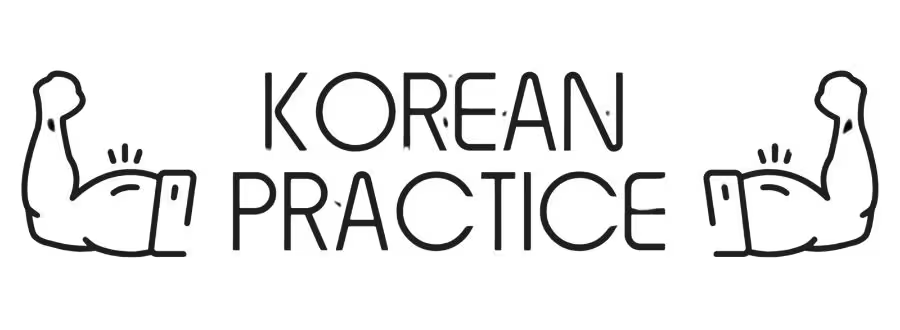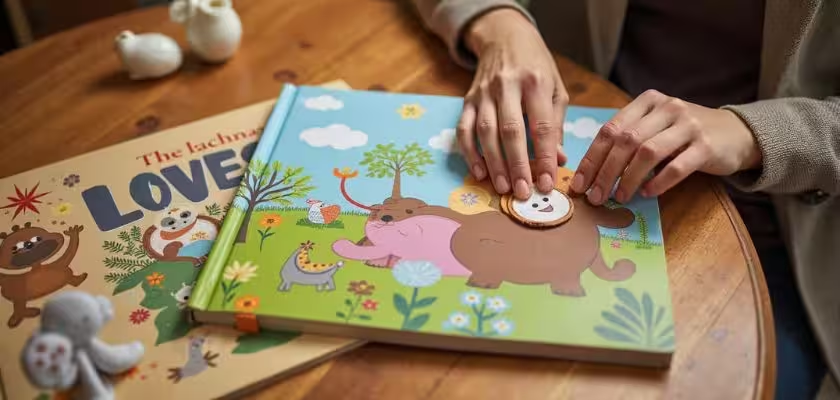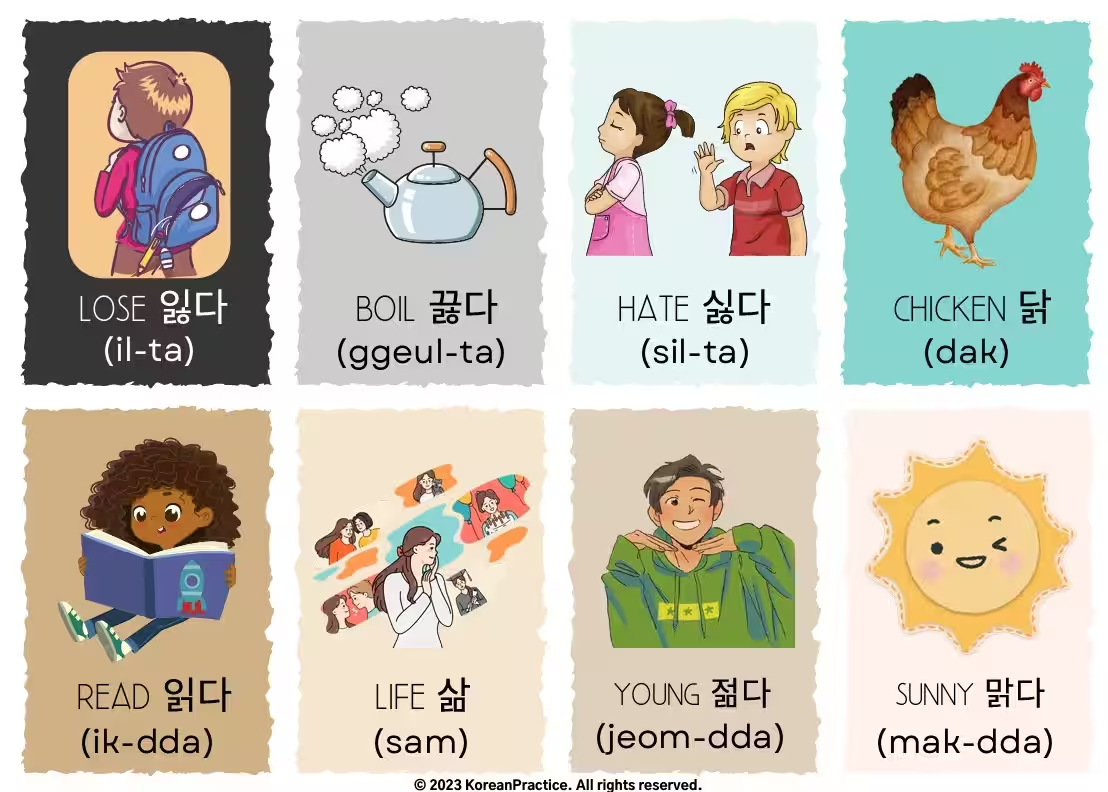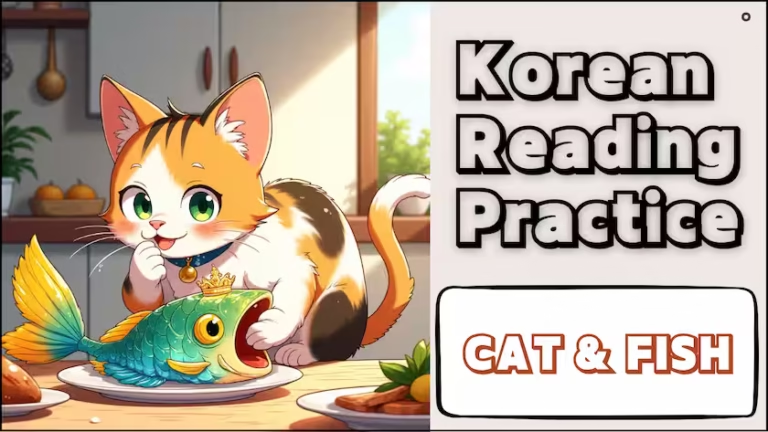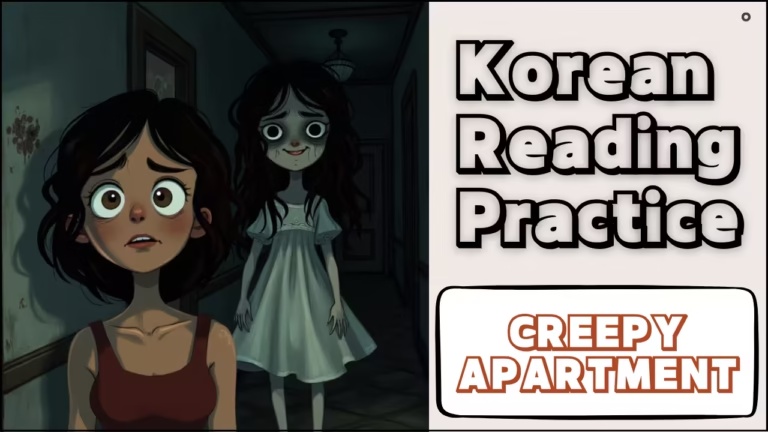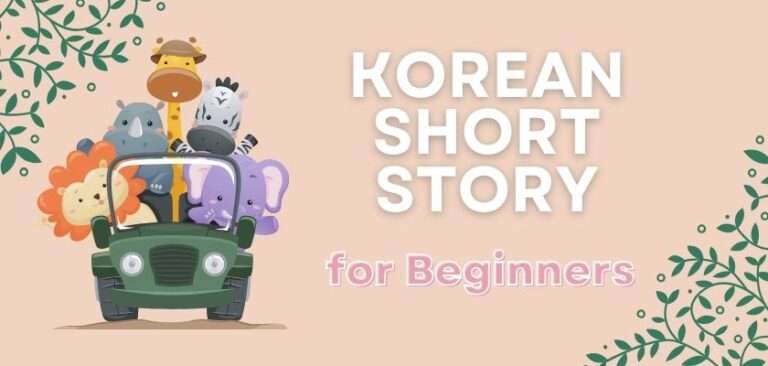Suh ChangWhoon
Written by 서 창훈, a certified Korean teacher with 14+ years of experience in Japan. He previously worked as a government officer, cybersecurity consultant, and English interpreter. Today, he teaches Korean in real classrooms without complex grammar explanations — instead, he trains students’ brains to speak naturally. His unique method is now the foundation of all his Korean courses.
Table of Contents
Are you searching for a Korean story book in Hangul? Maybe you want to practice reading Korean using the real alphabet. Or perhaps you want to enjoy short, engaging stories that help you understand how Korean works.
Many learners look for Korean books for learning Korean or Korean books in Korean to improve their skills. Some start with Korean children’s books in Hangul because they use simpler language. Others search for Korean books to read in Korean that are more like graded readers or cultural stories.
The problem is, many of these books are not designed for language learners. They might be too difficult, or they give no explanation of vocabulary or grammar. You may find yourself stuck, flipping through pages without truly understanding the story.
That’s why I created my story-based Korean course — a learning experience that feels like reading a Korean story book in Hangul, but with built-in support to help you actually learn and remember what you read.
Why People Want a Korean Story Book in Hangul
When someone searches for “Korean story book in Hangul,” they usually have a few goals in mind:
- Practice reading Hangul fluently.
- See Korean words and grammar used in real sentences.
- Learn in a fun and memorable way.
- Improve both reading and listening skills.
A common first step is to try Korean children’s books in Hangul. These books can be helpful for beginners because they often have simple vocabulary and short sentences. However, they are written for native-speaking children, not adult learners. That means they rarely include pronunciation guides or explanations of grammar, and the stories might not be as engaging for an adult audience.
Some learners buy Korean books for learning Korean, which are created for students but can sometimes feel like a dry textbook. Without an interesting storyline, it’s hard to stay motivated.

Start the Free Course
Still wondering how to read Korean?
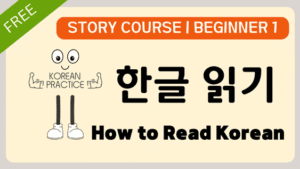
This isn’t just another beginner lesson. It’s a complete system designed to change the way you think about Korean — from struggling with letters to reading real sentences, understanding the language, and speaking out loud with confidence.
The Challenge with Regular Korean Books
Imagine picking up a Korean book to read in Korean. The first page is filled with Hangul. You can sound out some letters, but you don’t know how to pronounce everything naturally. You recognize a few words, but not enough to follow the story smoothly.
This is what often happens:
- No pronunciation support: You can read the letters, but you’re unsure how the word should sound in natural speech.
- No grammar explanation: You see “갔어요” but don’t understand what it means or why it ends that way.
- No translation: You guess at the meaning but aren’t confident.
- Mismatch in difficulty: If the book is for children, it might feel too simple. If it’s for native speakers, it’s often far too advanced.
How My Story Course Is Different
My story-based course is designed specifically for learners. It gives you all the benefits of a Korean story book in Hangul — but with extra features that make learning easier and faster.
Here’s what each lesson includes:
- Complete Hangul text just like a real story book.
- English translations for every sentence.
- Pronunciation guides so you can read confidently.
- Simple grammar explanations so you understand how the sentence works.
- Audio recordings to improve listening skills.
- Interactive practice to help you remember and use what you’ve learned.
The result: you can enjoy reading a story while also building the skills to understand and speak Korean in real life.
A Sneak Peek at a Story Lesson
Here’s a short preview from Jungle Wildlife, Episode 5 — my free sample lesson.
🟡 Sentence 1 of 7
🚀 Quick Learning
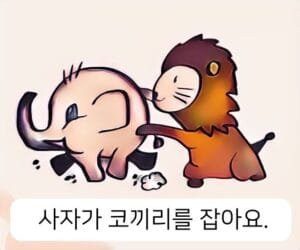
Original Korean Sentence
사자가 코끼리를 잡아요.
Pronunciation Guide
사자가 (sa-ja-ga) 코끼리를 (ko-ggi-ri-reul) 자바요 (ja-ba-yo).
English Translation
The lion catches the elephant.
Literal Translation
Lion catch elephant.
Quick Reference
사자가 (lion) 코끼리를 (elephant) 잡아요 (catch).
💡 Need more details? Click “Deep Learning” below!
🔍 Deep Learning
Meaning and Context
사자 (lion)
→ The lion — the one taking action now in the story.
가 (subject marker)
→ Points out that the lion is doing the action.
코끼리 (elephant)
→ The one the action is done to.
를 (object marker)
→ Shows that the elephant is the object being caught.
잡 (to catch, grab, take)
→ The action — the lion catches or grabs the elephant.
아요 (polite ending)
→ I’m telling you this in a polite and friendly way.
Real-Life Usage
잡아요 is common when talking about catching or holding something.
Pattern Practice
1. 사자가 토끼를 잡아요.
2. 고양이가 쥐를 잡아요.
3. 아이가 공을 잡아요.
4. 강아지가 공을 잡았어요.
🟡 Sentence 2 of 7
🚀 Quick Learning
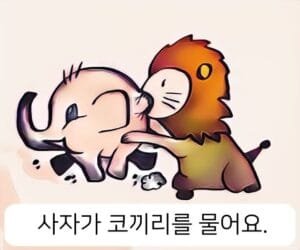
Original Korean Sentence
사자가 코끼리를 물어요.
Pronunciation Guide
사자가 (sa-ja-ga) 코끼리를 (ko-ggi-ri-reul) 무러요 (mu-reo-yo).
English Translation
The lion bites the elephant.
Literal Translation
Lion bite elephant.
Quick Reference
사자가 (lion) 코끼리를 (elephant) 물어요 (bite).
🔍 Deep Learning
Meaning and Context
사자 (lion)
→ The lion — now it takes a stronger action in the story.
가 (subject marker)
→ Points out that the lion is doing this action.
코끼리 (elephant)
→ The one being acted on — our elephant friend.
를 (object marker)
→ Shows that the elephant is the object of the action.
물 (to bite)
→ The action — the lion is biting the elephant.
어요 (polite ending)
→ I’m telling you politely and gently.
Pattern Practice
1. 아기가 사과를 물어요.
2. 강아지가 내 손을 물어요.
3. 고양이가 장난감을 물어요.
4. 새가 열매를 물어요.
🟡 Sentence 3 of 7
Start the Story Course
Looking for super easy way to learn Korean?
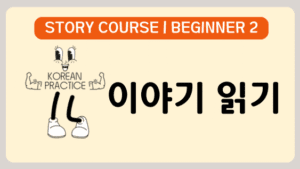
Most Korean courses stop at grammar. Mine goes beyond — with stories, Story Style Breakdown™, and real practice to help you speak.
🚀 Quick Learning
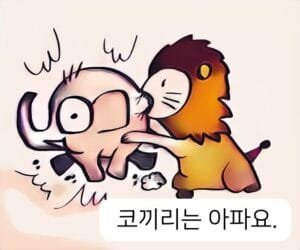
Original Korean Sentence
코끼리는 아파요.
Pronunciation Guide
코끼리는 (ko-ggi-ri-neun) 아파요 (a-pa-yo).
English Translation
The elephant is in pain.
Literal Translation
Elephant is painful.
Quick Reference
코끼리는 (elephant) 아파요 (is painful).
🔍 Deep Learning
Meaning and Context
코끼리 (elephant)
→ Our elephant — now feeling the result of the lion’s action.
는 (topic marker)
→ Highlights the elephant as the topic of this sentence.
아프 (to be painful / hurt)
→ Describes how the elephant feels now.
아요 (polite ending; is)
→ I’m telling you polite and friendly.
Pronunciation Flow Tip
⊳ 아프 + 아요 = 아파요: When rapidly pronounced, ‘프’ and ‘아’ naturally combine to form ‘파’, not 아프아요.
Real-Life Usage
아파요 can describe both physical pain and emotional hurt. You might hear it often if someone is unwell
Grammar
The ending 아요 doesn’t mean “is” on its own — it isn’t the same as is in English. But because it works together with the verb like a be verb (helping express a state in the present), I wrote it as is to make it easier to understand.
Pattern Practice
1. 아이가 아파요.
2. 할아버지가 아파요.
3. 마음이 아파요.
4. 다리가 아파요.
🟡 Sentence 4 of 7
🚀 Quick Learning
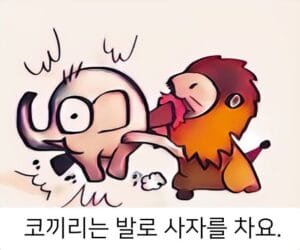
Original Korean Sentence
코끼리는 발로 사자를 차요.
Pronunciation Guide
코끼리는 (ko-ggi-ri-neun) 발로 (bal-ro) 사자를 (sa-ja-reul) 차요 (cha-yo).
English Translation
The elephant kicks the lion with its foot.
Literal Translation
Elephant kick lion with foot.
Quick Reference
코끼리는 (elephant) 발로 (wit its foot) 사자를 (lion) 차요 (kick).
🔍 Deep Learning
Meaning and Context
코끼리 (elephant)
→ The elephant, now fighting back.
는 (topic marker)
→ I’m focusing on the elephant’s action.
발 (foot)
로 (with)
→ Shows the means — the foot is what’s doing the kicking.
사자 (lion)
→ The lion is the target of the kick.
를 (object marker)
→ Marks the lion as the object of the action.
차 (to kick)
→ The action the elephant is doing.
아요 (polite ending)
→ I’m telling you this polite and friendly.
Pronunciation Flow Tip
⊳ 차 + 아요 = 차요: When rapidly pronounced, ‘차’ and ‘아’ naturally combine to form ‘차’, not 차아요.
Pattern Practice
1. 아이는 공을 발로 차요.
2. 강아지가 문을 발로 차요.
3. 오빠는 쓰레기통을 발로 차요.
4. 내 친구가 돌을 발로 차요.
Why This Works Better Than a Regular Book
With my course, you’re not left guessing. You have the story, the meaning, the pronunciation, and the grammar all in one place. You can read, listen, and speak along with the audio — something most Korean books in Korean don’t offer.
Whether you’ve been looking for Korean children’s books in Hangul or more advanced Korean books to read in Korean, this approach gives you the same joy of reading but with the guidance you need to succeed.
How to Use My Stories to Learn Korean
Here’s a simple method that works for all my lessons:
- Listen first – Play the audio and follow the Hangul text without worrying about meaning yet.
- Read with pronunciation – Use the guide to sound out each word clearly.
- Check grammar and meaning – Understand what each sentence says and how it’s built.
- Shadow the audio – Repeat after the native speaker to sound more natural.
This process works for complete beginners as well as intermediate learners.
Who This Is For
My story course is perfect for:
- Learners who want Korean books for learning Korean but with more guidance.
- People who enjoy Korean children’s books in Hangul but want richer explanations.
- Students who find grammar-only study boring.
- Fans of K-culture who want to enjoy reading in Korean.
Free Korean Flashcard
FAQs (What You Might Still Wonder About)
1. ❓ Can I learn Korean without reading a Korean story book in Hangul?
You can, but reading a Korean story book in Hangul gives you natural sentence patterns and cultural context that vocabulary lists and grammar drills can’t provide.
2. ❓ Are Korean children’s books in Hangul good for adults?
Absolutely. Korean children’s books in Hangul are perfect for beginners because they use simple sentences, clear grammar, and lots of pictures — making Korean books for learning Korean much easier to understand.
3. ❓ Do I need to know the Korean alphabet before starting?
Yes — reading Korean books to read in Korean is much easier once you learn Hangul. The good news is Hangul is one of the simplest alphabets in the world to master.
4. ❓ Can Korean story books help me with speaking?
Yes. By reading a Korean story book in Hangul aloud, you practice pronunciation, rhythm, and natural phrasing — the same way native Korean kids learn to speak.
5. ❓ Are there Korean books for learning Korean that also teach culture?
Many Korean books in Korean — especially story books — naturally introduce you to Korean traditions, idioms, and ways of thinking while you read.
6. ❓ Do I need expensive materials to start?
Not at all. You can begin with a single Korean children’s book in Hangul or a few Korean books to read in Korean online for free, then move on to more advanced stories.
Final words
A Korean story book in Hangul is a great tool for learning. But a story with full explanations, audio, and practice activities is even better. You’ll not only read Korean — you’ll understand it, speak it, and remember it.
